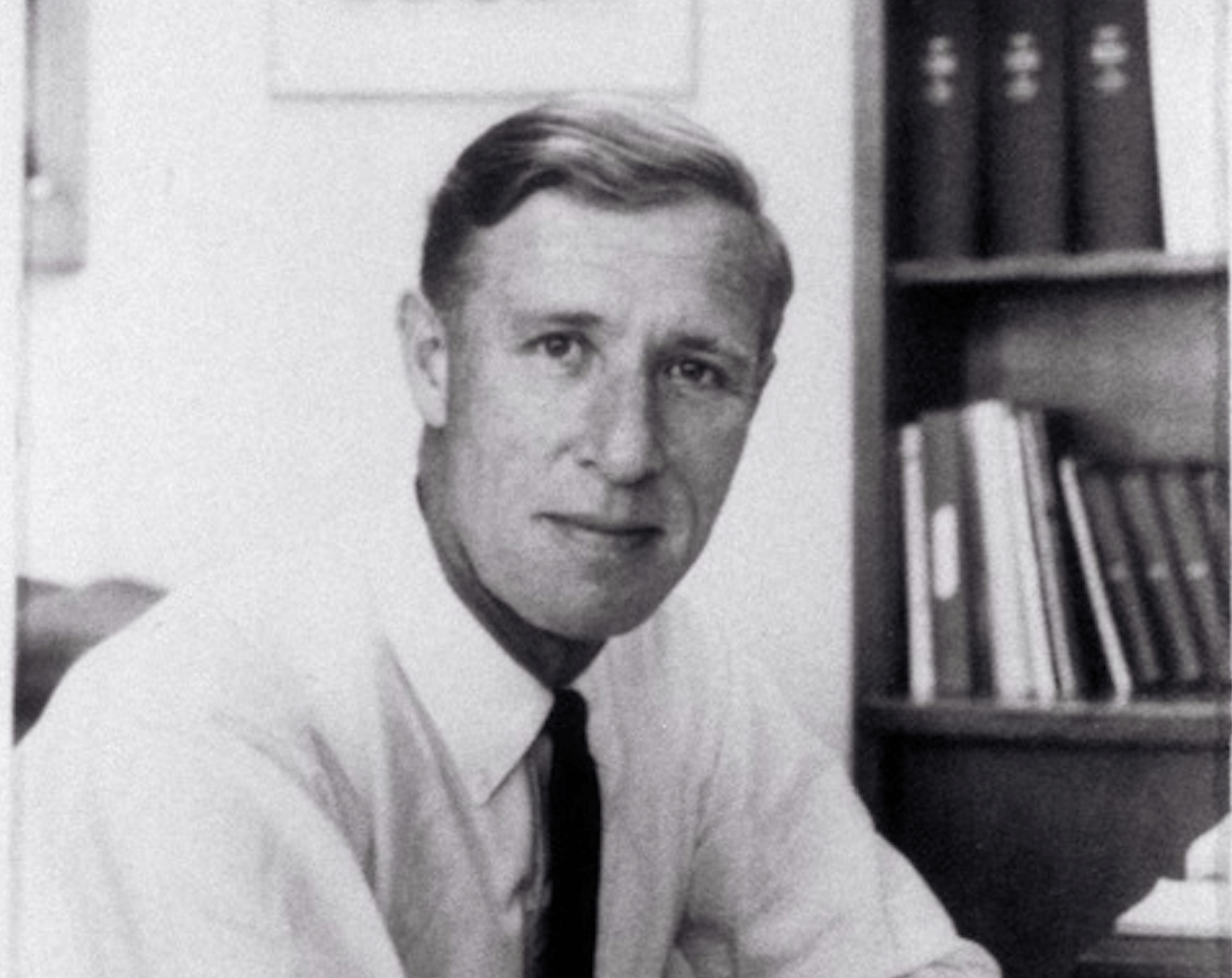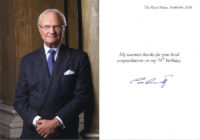EUROPEISKA INGENJÖRSAKADEMIN
European Academy of Engineering
About the EAE
Founding and Early Years
The European Academy of Engineering (EAE) was established in 1992, amidst a transformative period in European history marked by the collapse of the USSR. As Eastern and Western Europe navigated the complexities of a post-Cold War era, the need for a unified and forward-thinking engineering community became paramount.
The EAE, situated in the virbant heart of Gotenburg, Sweden, with the support of the European Union, emerged as a unique scientific organization, poised to bridge the divide and foster collaboration across the newly redefined European landscape.
Starting with a select cohort of distinguished engineers and scholars, the EAE rapidly grew, attracting a wide array of members that mirrored the continent's diverse engineering talent and expertise.
This remarkable expansion was further propelled by substantial support from the Swedish government, alongside generous funding from global donors. Such multifaceted backing not only underscored the academy's commitment to excellence but also cemented its role in forging a cohesive and innovative engineering identity for Europe in the post-Soviet era.

1st President: Konrad Emil Bloch from Biomedical Engineering Class(B.M.E), 1992
Founding Committee and Governance Structure
The foundational framework of the European Academy of Engineering (EAE) was meticulously crafted by a pioneering committee of 13 outstanding scientists, each representing one of the 13 distinct classes within the EAE.
Among them was Konrad Emil Bloch, a distinguished figure in Biomedical Engineering, who not only served as a founding member of the Biomedical Engineering Class but was also pivotal in shaping its direction and scope.
Unique to the EAE's governance model is its rotating presidency. The presidency is not a fixed position but rotates annually among the chairs of the 13 classes. In a significant inaugural vote by the chairs of these classes, Bloch was elected as the first president, setting a precedent for the academy's democratic and inclusive leadership approach. His election was emblematic of the EAE's commitment to interdisciplinary representation and expertise.Simultaneously, the other 12 class chairs serve as vice-presidents, forming a robust support structure for the president and ensuring continuity and collective decision-making. This rotating system not only democratizes leadership but also ensures that diverse fields of engineering are equally represented and that the academy benefits from the broad spectrum of expertise present within its ranks.
The founding committee's vision of a collaborative and dynamic leadership has been a cornerstone of the EAE's success, fostering an environment where innovation and interdisciplinary cooperation thrive.
FOUNDER & 1st PRESIDENT
Konrad Emil Bloch from Biomedical Engineering Class(B.M.E), 1992
FOUNDING MEMBERS

Rotating Presidency from EAE

Konrad Emil Bloch

François Jacob

George Wald

Marshall Warren Nirenberg

Renato Dulbecco

Edmond H. Fischer

Arvid karlsson

René Thom

Atle Selberg

Edsger Wybe Dijkstra
Early Milestones and Collaborations (1992 - 2000)
From its founding in 1992, the European Academy of Engineering (EAE) swiftly embarked on a path of significant collaborations and achievements. By 1995, the EAE had already established itself on the international stage with a groundbreaking symposium in Brussels, in partnership with the American Society of Civil Engineers. This event, significantly influenced by the works of pioneering engineers like France's Marie Curie-Skłodowska and Germany's Werner von Siemens, tackled pressing global engineering challenges.
One of the EAE's notable early endeavors was the Alan Turing Initiative in 1996. Collaborating with the British Computer Society and the Turing Trust, this project aimed to advance research in computational engineering and artificial intelligence, areas where Turing had been a pioneering force. Key contributors included Ada Lovelace, recognized posthumously for her foundational work in computing, and Italian computer scientist Luigi Federico Menabrea, known for his analytical engine concept.
In 1998, the EAE played a pivotal role in the establishment of the Nobel Prize in Engineering. In partnership with the Royal Swedish Academy of Sciences, this initiative sought to recognize outstanding contributions in engineering. The EAE's involvement, featuring influential figures like Gustav Eiffel and Alexander Graham Bell, was instrumental in defining the criteria and selection process for this new category.
The late 1990s also saw the EAE forging strategic partnerships with other prominent European academies. A key collaboration was with the German Academy of Science and Engineering (acatech) in 1999, focusing on joint research in sustainable engineering and technology policy. This partnership led to the publication of influential policy papers, significantly shaped by the insights of engineers like Norway's Sverre Petterssen and Sweden's Christopher Polhem, which guided European engineering standards and practices into the new millennium.
By the year 2000, the EAE had not only cemented its status as a leading engineering institution but also set a standard for international cooperation and academic excellence. Its partnerships and initiatives during this period, enriched by the contributions of these historic figures, laid a solid foundation for future innovations and cross-disciplinary endeavors in the engineering world.
The Turn of the Century and Expansion (2000-2010)
As the new millennium dawned, the EAE witnessed unprecedented growth. The introduction of various interdisciplinary research groups within the academy catalyzed groundbreaking studies in emerging fields such as sustainable engineering and nanotechnology. The EAE's annual conference, first held in Berlin in 2000, became a coveted event, drawing participation from global cutting-edge leaders and innovators.
Recent Decades and Global Impact
The 2010s marked a period of global recognition for the EAE. Its members played pivotal roles in key international projects, including the development of renewable energy technologies and smart city infrastructure. In 2015, the EAE launched its Young Engineers Program, nurturing the next generation of European engineering talent.
Pioneering Global Dialogues: EAE's Leading Role in Advancing Engineering Science
World Engineering Forum
Initiated in 2009 by the European Academy of Engineering (EAE) in Gothenburg, the World Engineering Forum is a premier international conference promoting engineering innovation and collaboration. Annually, it gathers a diverse global community of engineers, scientists, and thought leaders to address pressing challenges and explore technological advancements. The forum features insightful keynotes, discussions, and the World Engineering Award, recognizing significant contributions to engineering. Over the years, it has evolved into a significant event, symbolizing the influence and potential of engineering in driving global progress and fostering international partnerships.

World Engineering Forum 2021 in Luzern
EAE Forum
The EAE Forum, hosted at the EAE's headquarters, is an influential academic event that facilitates collaboration and innovation in European engineering. Focused on timely and relevant themes, such as the role of External Thermal Insulation Composite Systems (ETICS) in sustainable building practices, the forum attracts experts and scholars from various sectors. It highlights ETICS’ role in energy conservation, climate protection, and its potential to generate new opportunities within the construction industry. The EAE Forum serves as a platform for discussing advancements, sharing expertise, and shaping the future of European engineering and environmental sustainability.

EAE Forum 2023 in European Academy of Engineering Lecture Hall
Engineering for Sustainablity (2010- the Present)
The 2010s marked a significant era for the European Academy of Engineering (EAE), especially in its commitment to environmental sustainability and climate action. During this period, the EAE received substantial support and recognition from the EU Commissioner for Climate Action, a partnership that underscored the academy's pivotal role in addressing climate change through engineering innovation.

Future of Engineering: Challenges and Opportunities, 2023 EAE Forum
Central to the EAE's work in this decade was the launch of its Sustainable Engineering Program. This program, initiated in 2012, aimed to integrate sustainability principles into all fields of engineering. It fostered research and development in renewable energy technologies, sustainable urban planning, and eco-friendly manufacturing processes, responding to the urgent need for a greener approach in engineering practices.
In 2015, the EAE established the Climate Innovation and Research Center (CIRC) in collaboration with several European universities. The CIRC became a hub for interdisciplinary research, combining insights from environmental science, engineering, and socio-economic studies to develop holistic solutions to climate change challenges.
The EAE's efforts in sustainability were further amplified in the late 2010s through its active participation in international climate summits and conferences. EAE representatives worked alongside global policymakers, sharing expertise and advocating for engineering solutions in climate mitigation and adaptation strategies.
Today, as the EAE moves forward, its commitment to environmental stewardship remains unwavering. The academy continues to harness the collective ingenuity and resources of the European engineering community to create a sustainable future. Through ongoing projects, educational initiatives, and policy advising, the EAE upholds its responsibility as a leader in climate action and sustainable engineering, embodying the ethos of engineering for a better world.
Today and the Future
As the European Academy of Engineering (EAE) commemorates its 30th anniversary, it stands as a testament to engineering's transformative spirit in a dynamically evolving world. The EAE continues to be a vanguard of engineering excellence and innovation, with initiatives like the Green Aerospace Initiative and the Smart Mobility Consortium pushing the boundaries of engineering and shaping a sustainable, technologically advanced future.

Group photo of EAE
The EAE recognizes that major inventions often start with limited applications, with true breakthroughs emerging as they are applied more broadly. Therefore, the academy remains dedicated to its crucial role as a forum for cross-disciplinary fertilization, understanding that the intertwining of diverse engineering fields often sparks groundbreaking innovations. At the heart of the EAE's mission is the promotion of personal communication across borders and disciplines – a need increasingly vital in a world overflowing with information yet often lacking in meaningful interaction.
Rooted in the University of Gothenburg, the EAE acknowledges the dual nature of engineers' roles in society. Historically viewed as both creators of progress and, at times, as contributors to environmental and societal challenges, engineers today are seen as crucial architects of the future. However, this role comes with evolving responsibilities. As engineered products become ubiquitous in daily life, the EAE emphasizes the importance of designing not just technologically advanced solutions but also benefits that are easily accessible and usable by the wider community. This approach necessitates enhanced communication not only within engineering disciplines but also with non-engineering sectors, ensuring that innovations are not only technically sound but also socially and environmentally responsible.

King Carl XVI Gustaf, the 17th King of Sweden
Through history all major inventions often have limited applications initially and the major breakthroughs come with their application in a wider field. So the Society’s most important role will remain a forum for cross-fertilisation between disciplines. The engineers’ quest for knowledge is obvious at our meetings when the dinner-cum-discussion, following the lecture, sometimes might not allow the lecturer to enjoy his meal fully. Despite the mass of data and information, which no human is able to digest, there is an increasing need for personal communication across borders and disciplines. The lectures and thus EAE serves this vital need.
The engineers’ role in the society has often been a subject of discussion, sometimes they are heroes and at other times they are being accused of being technocrats, instrumental in environmental destruction and even war. In general, though, engineers have been regarded with great respect throughout the history as creators of wealth and human progress. No one doubts the engineers’ role in our future society, as they are needed more than ever. But with that may come new responsibilities, as engineered products become every man’s property. Few ever learn to program their video tape recorder properly, most have problems following the instructions in their computer user guide, and even engineers hit the wall when trying to install a modem.
As engineers it will no longer be enough to design equipment, we have to design benefits, which are easily usable to the customer. This implies increased need for personal communication across the engineering disciplines and also with professions outside the engineering sector.